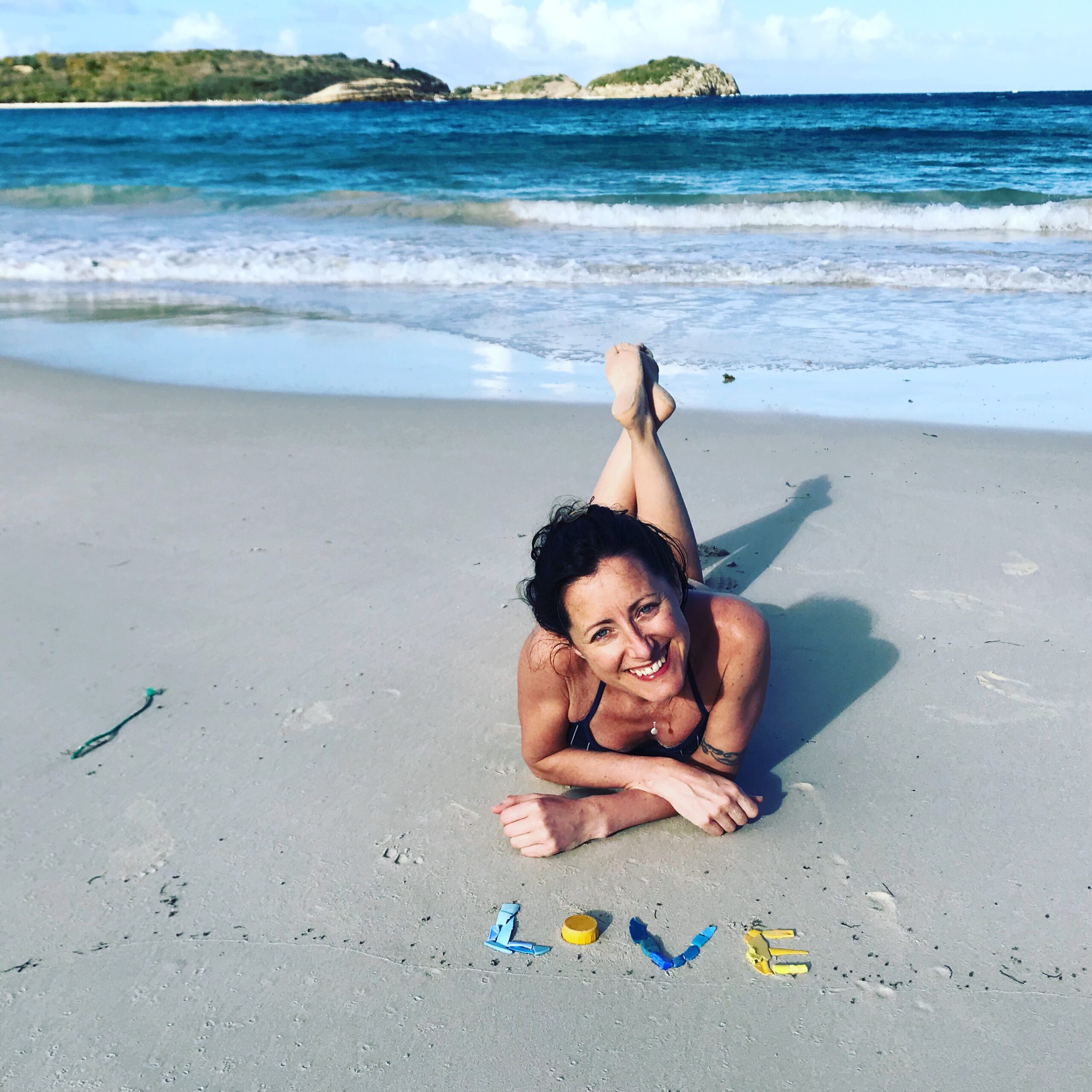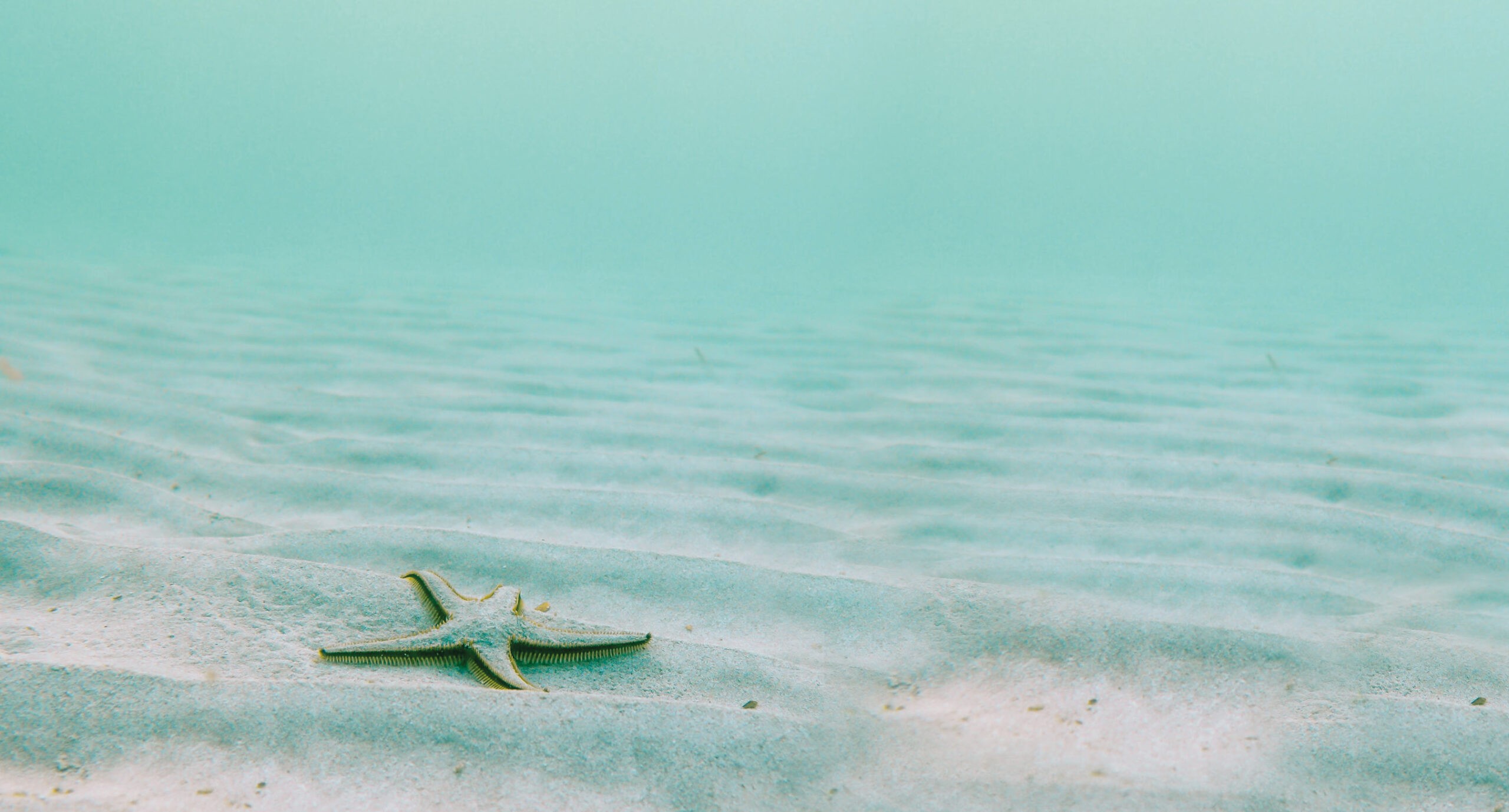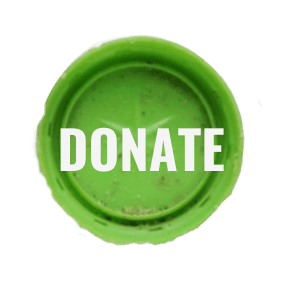Why we should connect our actions to the ocean every day
World Oceans Day
June the 8th is World Oceans Day! A whole day dedicated to the three-quarters of our planet covered in saltwater. A whole day to remember the source of every second breath we take. So, inhale oxygen from the forests, exhale CO2 for them to (hopefully) reabsorb, inhale oxygen from the oceans, exhale CO2 for them to (hopefully) reabsorb. Cool huh? I say hopefully, for as we well know, forests and oceans are under serious threat, and their capacity for absorbing and sequestering CO2 from our fossil-fuel intensive lifestyle is severely compromised.
“Scientists and natural history experts the world over agree that there’s more than a commotion in the ocean; there’s a crisis.” – Natalie Fee, How to Save the World for Free (Lawrence King Publishing, October 2019). Order here.

Protect what you love
It’s not just ocean acidification caused by increased CO2 in the atmosphere that’s pushing the seas to their limits, it’s overfishing, it’s pesticides and fertilisers from industrial agriculture, it’s melting ice caps and of course, it’s plastic pollution.
So here at City to Sea, we welcome World Oceans Day, not just for the chance to boost awareness of the threats to the big blue, but to celebrate what we love about it too. To remind us to get out there and connect with it. Maybe that’s grabbing a surfboard and playing in the waves. Or paddle-boarding in an estuary or harbour. Or doing a beach clean, a coastal walk, learning to dive or snorkel, sailing, wild swimming, windsurfing, beachcombing, rock-pooling, sunset-on-the-horizon-gazing – whatever floats your boat and makes your relationship with the sea that little bit more personal.
The plight of the albatross
At this point, I should probably fess up that I’m the world’s most unlikely ocean ambassador. You may have assumed I was an ocean-loving, sea-faring woman whose love of the sea made me do what I can to protect it. But actually, I’m not. Well, I kind of am now, but I wasn’t four years ago. In fact, I was scared of the sea. I wouldn’t go on it, or in it and you pretty much had to drug me to fly over it. But something happened in 2014 that changed my life – and helped me form a real, tangible relationship with the very thing I was afraid of.
Strangely, it’s mostly down to an Albatross. A bird I’ve never seen and until five years ago never had an affinity with. I was scrolling through Facebook one day and a trailer for a film about the Laysan Albatross living on a group of Islands in the Pacific Ocean came up on my feed. But the film wasn’t about how magnificent these birds are; it was about how their chicks were dying from eating a diet of plastic. The adult Albatross swoops down from the sky to the sea to scoop up fish close to the surface – and mistakes floating colourful things like plastic bottle tops, cigarette lighters and toothbrushes for fish … which they then feed to their chicks. A third of these crazy beautiful, fluffy chicks are, starving to death in their nests with their bellies full of plastic.

Connecting our actions to our oceans
When I saw it for the first time, and every time since, I felt a deep sense of grief. It triggered a pain in me unlike anything I’d ever experienced when seeing human-caused environmental issues. And I think it was something about seeing everyday items that I used – my brand of toothbrush, ink cartridges, bottle caps – causing the death of something so beautiful – that woke me up to what I was doing … And I knew at that moment I couldn’t just sit back and allow this to happen. So from that day, I set about doing something about it, and City to Sea took shape.
Now for the weird and wonderful bit. I had a strange and unfathomable experience during my first crowdfunding campaign – a series of nine consecutive, immersive dreams in which the ocean gradually revealed itself to me. It was as if the moment I tangibly put my energy and focus on the thing I was scared of, and did something for it, it reached out back to me and did something for me too. It was life-changing, deep and profound. After that experience – a forming of my relationship with the sea – I actually wanted to get in the sea! So I started surfing and learnt to enjoy and appreciate the 71% of our planet that is ocean.

Sea the change
I don’t think for a moment we are all destined to ‘give up our day jobs’ and start something new, but the reality is that we do all need to shift the focus of whatever it is we’re doing towards protecting what’s left of the environment. To make sure the 20 per cent of marine mammals remaining in the oceans recover their numbers. And that plastic pollution gets better, not worse.
Given the right conditions, oceans can regenerate. Rewilding the oceans, as well as the land, can help sequester vast amounts of CO2. Marine protected zones can help fish populations recover and thrive. And governments can implement deposit schemes, bans and taxes on single-use plastic to prevent it from polluting the seas.
We all need to do our bit. And while we’re doing it, why not head down to the coast from time to time to rest, play and dream our way into a healthier future, for you, me and the seas.

